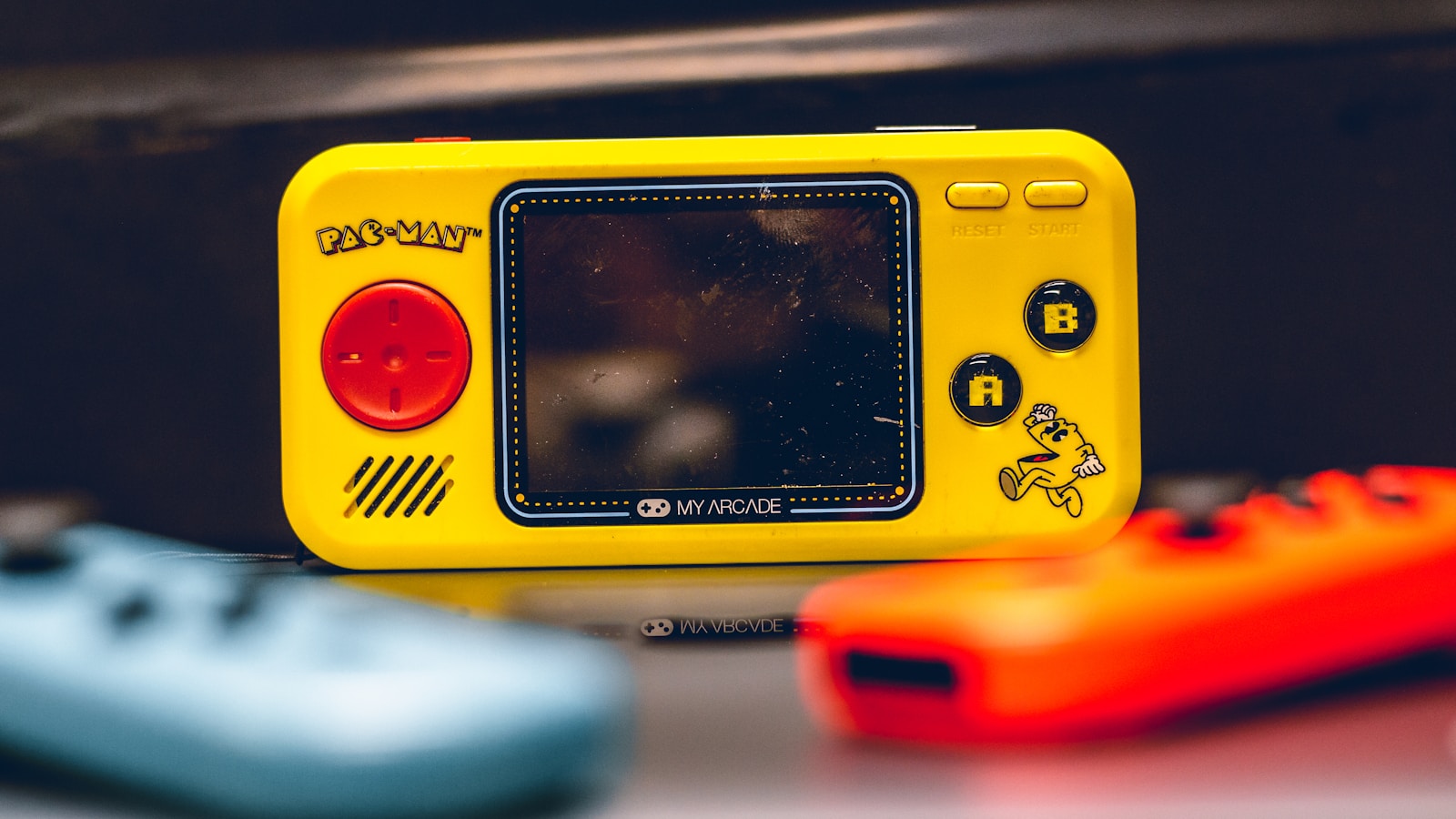Retro Game Console List
No one knows the name of the engineers who soldered circuits in a garage to create prototypes of video game consoles like the Atari 2600 or NES. You might grow up cherishing these consoles as icons, but the people behind their creation didn’t have to be legends–they just had to be pretty good at making things work.
The same ethos applies when reflecting on the golden era of gaming. These consoles weren’t crafted under extraordinary circumstances by titans of marketing or technology. Their creators didn’t need to be visionaries with three-step plans for conquering home entertainment. More often, they were just people who dug in, believed in the power of interactive technology, and patiently built systems that entertained generations. The reward wasn’t immediate. It required showing up again and again.
The First Generation of Retro Consoles
Before gaming became the multi-billion-dollar juggernaut it is today, there was the first generation of machines that introduced interactivity to television screens. Think Magnavox Odyssey or Pong consoles created by Atari.
Magnavox Odyssey (1972)
The Magnavox Odyssey, often overlooked but hugely significant, was the first commercially released video game console. It didn’t have color graphics, sound, or even a processor. Instead, it relied on analog circuits and translucent overlays for your TV screen. While laughably primitive by today’s standards, it was nothing short of magical in the early 1970s.
Atari Home Pong (1975)
Three years later, Atari’s Home Pong hit the scene and became a cultural phenomenon. With its sleek paddle controllers and simple, competitive gameplay, it laid the groundwork for the industry to follow. Its selling point? It was fun, instantly understandable, and easy for families to hook up to their televisions.
The Rise of the Golden Era of Home Consoles
Fast forward a few years, and you land in the heart of what many people think of as the beginning of video gaming as we remember it: the late 70s and early 80s. The names get more familiar here – Atari 2600, Intellivision, ColecoVision. They were competing aggressively for your attention, and the results are still legendary today.
Atari 2600 (1977)
The Atari 2600 wasn’t the first game console by any stretch, but it hit a sweet spot. With the inclusion of interchangeable cartridges, it introduced the concept of libraries of games you could build alongside your console. Titles like Space Invaders and Pitfall! became household fixtures, making the 2600 a cornerstone of early video game history.
Mattel Intellivision (1980)
Mattel brought innovation to the table with the Intellivision, including improved graphics and games that aimed to feel slightly more sophisticated. Sports games like Major League Baseball pushed the boundaries of what players expected from a home gaming system.
ColecoVision (1982)
The ColecoVision aimed directly at arcade enthusiasts. Its near-perfect arcade ports made it a must-have in the early 80s, and it was unquestionably ahead of its time for its relatively short lifespan. Games like Donkey Kong and Zaxxon highlighted just how far home gaming had come in just a few short years.
Iconic Classics: The Consoles That Defined the Industry
The mid-to-late 80s and early 90s delivered consoles so iconic they remain household names today. These aren’t machines you had to experience firsthand to know their importance. Every element, from their design to their games, is burned into the shared memory of gaming culture.
Nintendo Entertainment System (NES) – 1985
In 1985, Nintendo released the NES in North America, and everything changed. The system packaged with Super Mario Bros. became the stuff of legend. With a vast library of games and consumer-friendly marketing, Nintendo turned the NES into the must-have gaming console of its generation.
Sega Genesis (1989)
Sega transformed gaming in its own way with the Genesis, positioning itself as the cooler, edgier alternative to Nintendo. It wasn’t just a console; it was a statement. Sonic the Hedgehog became a lightning-fast icon of youth culture, and the 16-bit era brought smoother graphics and deeper gameplay experiences.
Super Nintendo Entertainment System (SNES) – 1991
Nintendo responded with the SNES in 1991, cementing some of the most celebrated franchises in gaming history. Games like The Legend of Zelda: A Link to the Past, Super Metroid, and Chrono Trigger weren’t just “games;” they were masterpieces. People still hold these titles up as benchmarks for design and storytelling.
The Bridge Between Retro and Modern
If you move into the mid-to-late 90s, you’ll see the foundations of today’s gaming landscape take shape. Consoles like the original PlayStation and Nintendo 64 pulled gaming out of the 2D space and into the fully realized 3D worlds we take for granted now.
Sony PlayStation (1994)
When Sony entered the scene with the PlayStation, the stakes escalated. The console’s use of disk-based games opened the door for cinematic storytelling and sprawling open-world adventures. Franchises like Final Fantasy, Metal Gear Solid, and Resident Evil cemented the PlayStation as a dominator of its time.
Nintendo 64 (1996)
Meanwhile, Nintendo went another route with the N64. Games like Super Mario 64 and The Legend of Zelda: Ocarina of Time didn’t just redefine genres; they defined what gaming could feel like. Local multiplayer experiences also thrived, with Mario Kart 64 and GoldenEye 007 filling living rooms with laughter and occasional shouting matches.
